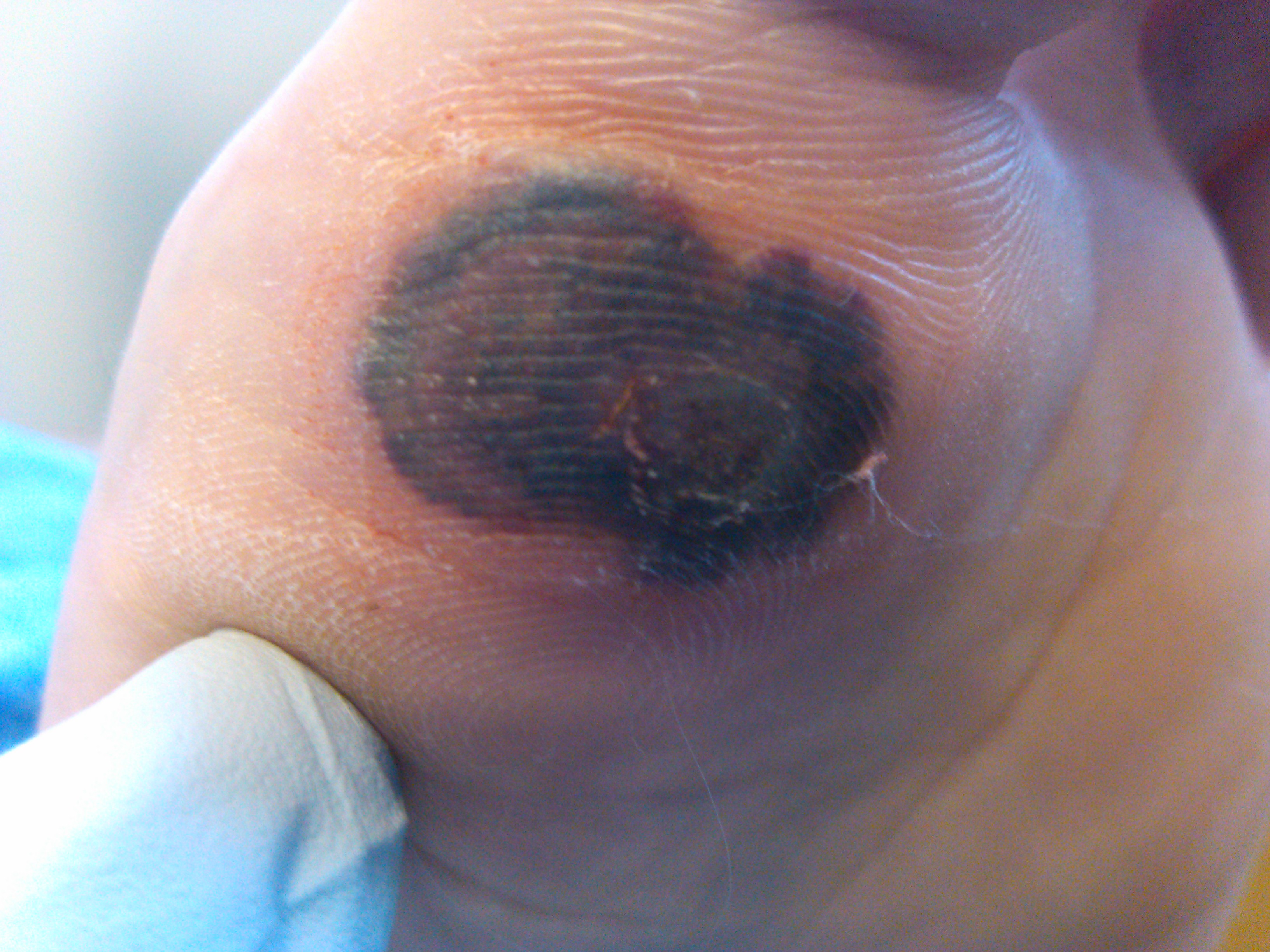
The feet take a lot of daily abuse from walking, running, jumping, and climbing, so naturally, they are subject to many different types of problems. From injuries to inflammation, several different types of damage and malfunctions can lead to foot problems.
Below are some common foot problems and how to deal with them.
- Athlete’s foot
Athlete’s foot is most commonly caused by walking in damp areas. It can be highly contagious. Keep feet clean and dry and get antifungal creams at drug stores.
- Bunions
Tight or narrow footwear may cause it. They are abnormalities of the feet that cause a bump to develop on the large toe joint. Women are more likely to have it due to increased pressures from narrow footwear. A person should wear properly fitting shoes.
- Diabetic neuropathy
People with diabetes are more prone to fluctuations in blood sugar. It is a group of conditions that cause damage to the feet due to diabetes. Maintaining good health and blood sugar control can help a person treat their diabetic neuropathy.
4.Ingrown toenails
Ingrown toenails occur when the toenail starts to grow into the nail groove, which can cause significant pain and discomfort. Washing the feet with antibacterial soap and keeping them clean and dry.
- Plantar fasciitis
Plantar fasciitis is the most common cause of heel pain, it occurs when the plantar fascia becomes inflamed. Resting the foot and applying ice can reduce inflammation. As well as using prescribed inflammatory drugs.
- Blisters.
Sweaty feet make blisters more likely. They appear after walking or running for long hours. Do not burst blisters, let them heal on their own. Using a bandage can help relieve some pain.
- Corns.
Corns are patches of thickened skin, usually on the soles of the feet or toes. They are normally painless to start with. Use corn plasters, they relieve pressure on the corn and allow it time to heal. In some cases, a doctor may recommend surgical removal.
- Heel spur.
A heel spur is an outgrowth of calcium that develops between the heel bone and the arch of the foot. Treatments can include a cold compress, injections of anti-inflammatory drugs and rest.
- Claw toe is when the first toe joint points up and the second toe joint points down. It may be a sign of other conditions, including diabetes and rheumatoid arthritis. Treatments can include splints, proper shoes, exercises etc.
- Stone bruise
They can appear after high-impact exercises or because of wearing poor-fitting shoes. Apply an ice pack , gett bettered fitted shoes and rest.
Source: Ghana/StarrFMOnline.com/103.5FM/With files from Medical News Today

